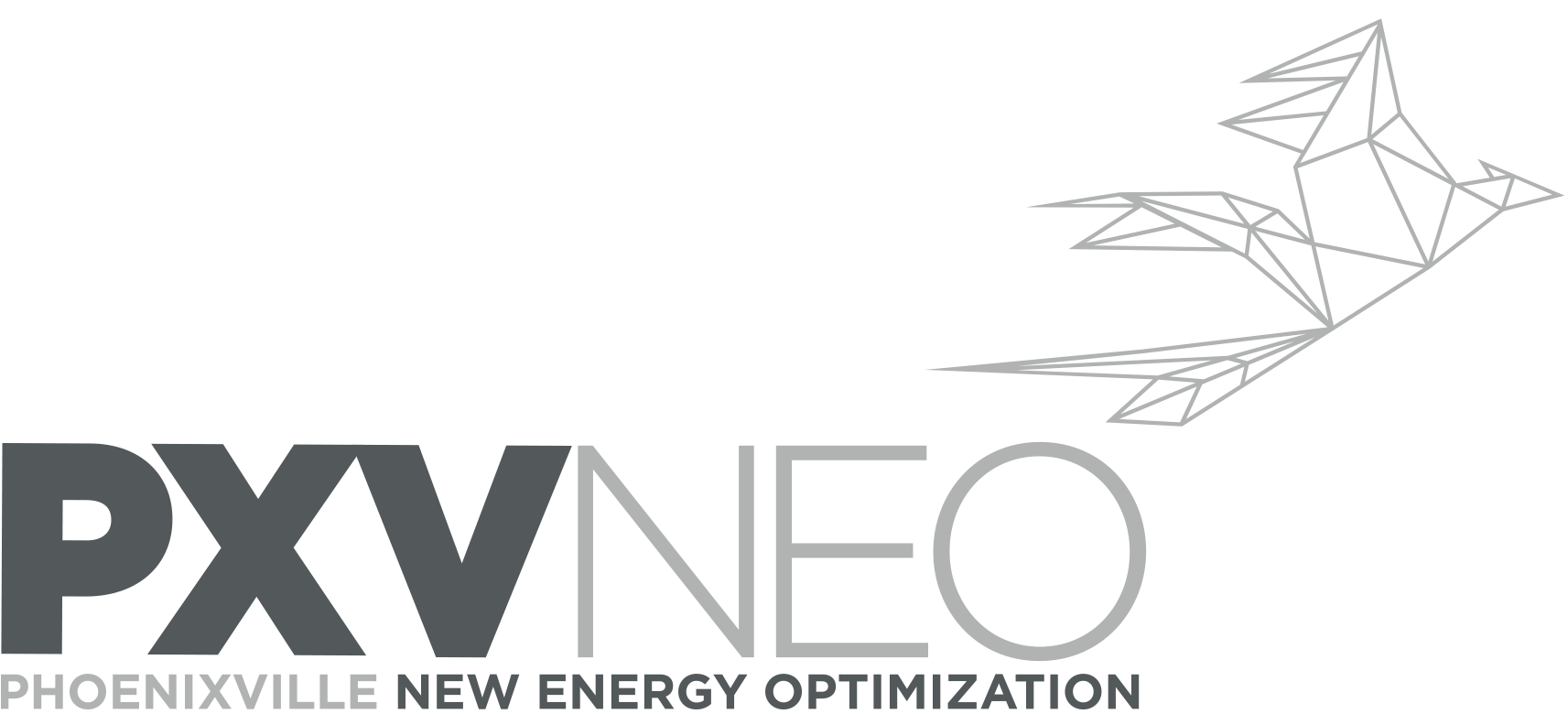PHOENIXVILLE, PA—APRIL 5, 2022
In February, the Borough of Phoenixville announced a revolutionary upgrade to the town’s wastewater treatment plant that made national news.
The hydrothermal carbonization system that is currently being installed will eventually replace the less desirable anaerobic digestion method of treating Borough wastewater. Phoenixville will become the very first municipality in North America to install a hydrothermal carbonization system and, it turns out, a lot of others are waiting to see the results.
Hydrothermal carbonization is a closed system that uses heat and pressure to transform wastewater into clean water and—depending upon the sophistication of the system and the “bolt on” upgrades it includes—several beneficial byproducts or, as the designer of the system likes to call them, “bioproducts.”
Dan Spracklin, Founder and CEO of SOMAX Circular Solutions, proposed the advanced system to Phoenixville Borough Council and is coordinating installation of the system that Phoenixville branded PXVNEO. Spracklin, whose Spring City, PA business has already won an award from the U.S. Department of Energy, is a walking wealth of information regarding the process and municipal waste treatment in general.
COVID KILLER
“One of the most immediate benefits that the Borough of Phoenixville is likely to promote is the eradication of bacteria and viruses that are harmful to humans,” says Spracklin. “All viruses essentially start to die without a host; when they leave the human body and are found in wastewater they’re reaching their end but the combination of heat, pressure and time in the HTC system assures eradication.”
Conversely, anaerobic digestion is biological, creating an environment that can incubate viruses and bacteria by mimicking conditions found in the stomach. PXVNEO will operate HTC at 375º F killing all pathogens as well as many other undesirable inclusions typically found in the end of the waste stream.
Measuring contaminants at Phoenixville’s wastewater treatment plant headwaters is something that can and will be done regardless of the type of treatment system employed downstream.
By measuring SARS-CoV-2 levels in untreated wastewater over time, public health officials can determine if infections are increasing or decreasing in a sewershed.
Wastewater surveillance can be an early indicator that the number of people with COVID-19 in the Phoenixville community is increasing or decreasing.

